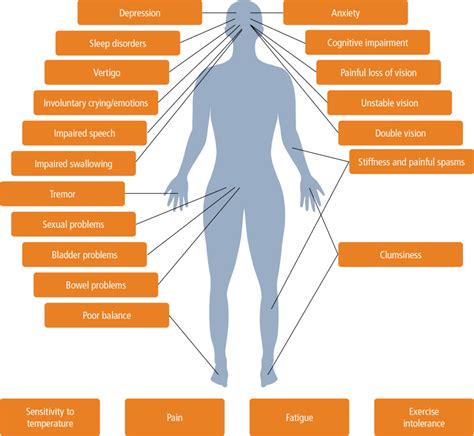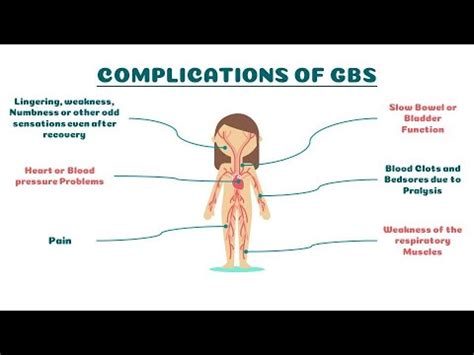Intro
Discover Small Pericardial Effusion symptoms, causes, and treatment options, including chest pain, shortness of breath, and fatigue, to manage cardiac tamponade and pericarditis complications effectively.
The pericardium is a sac that surrounds the heart, and a small pericardial effusion occurs when a minimal amount of fluid accumulates in this sac. This condition can be caused by various factors, including viral infections, inflammation, and trauma. Understanding the symptoms of a small pericardial effusion is crucial for early diagnosis and treatment.
Symptoms of a small pericardial effusion can be subtle and may not always be immediately noticeable. However, as the condition progresses, patients may experience chest pain, shortness of breath, and fatigue. The chest pain associated with pericardial effusion is often sharp and stabbing, and it may worsen with deep breathing or movement.
In some cases, a small pericardial effusion may not produce any noticeable symptoms, and the condition may only be detected during a routine medical examination or imaging test. This highlights the importance of regular health check-ups, especially for individuals with a history of heart disease or other underlying medical conditions.
Causes and Risk Factors

Infectious causes are the most common, with viral infections being the leading cause of pericardial effusion. Other risk factors include a history of heart surgery, radiation therapy, and certain medications. Understanding the underlying cause of a small pericardial effusion is essential for developing an effective treatment plan.
Some of the key risk factors for a small pericardial effusion include:
- Age: Pericardial effusion can occur at any age, but it is more common in adults.
- Sex: Men are more likely to develop pericardial effusion than women.
- Medical history: A history of heart disease, cancer, or autoimmune disorders increases the risk of developing pericardial effusion.
- Lifestyle factors: Smoking and obesity may also contribute to the development of pericardial effusion.
Symptoms and Diagnosis

Diagnosing a small pericardial effusion typically involves a combination of physical examination, medical history, and imaging tests. The doctor may use a stethoscope to listen to the heart and lungs, and may also perform a chest X-ray, echocardiogram, or computed tomography (CT) scan to confirm the diagnosis.
Imaging Tests
Imaging tests play a crucial role in diagnosing a small pericardial effusion. These tests can help visualize the pericardial sac and detect any fluid accumulation. Some common imaging tests used to diagnose pericardial effusion include: * Echocardiogram: Uses sound waves to create images of the heart and pericardial sac. * Chest X-ray: Uses radiation to create images of the chest and heart. * CT scan: Uses computerized tomography to create detailed images of the chest and heart. * Magnetic resonance imaging (MRI): Uses magnetic fields and radio waves to create detailed images of the chest and heart.Treatment Options

Some common treatment options for a small pericardial effusion include:
- Medications: Anti-inflammatory medications, such as colchicine or ibuprofen, may be prescribed to reduce inflammation and relieve symptoms.
- Pericardiocentesis: A procedure that involves removing excess fluid from the pericardial sac using a needle or catheter.
- Surgery: In severe cases, surgery may be necessary to remove the pericardial sac or repair any damage to the heart.
Medications
Medications play a crucial role in treating a small pericardial effusion. These medications can help reduce inflammation, relieve symptoms, and prevent complications. Some common medications used to treat pericardial effusion include: * Anti-inflammatory medications: Such as colchicine or ibuprofen. * Pain relievers: Such as acetaminophen or aspirin. * Anticoagulants: Such as warfarin or heparin.Complications and Prognosis

Pericarditis is inflammation of the pericardium, which can cause chest pain, fever, and fatigue. Heart failure is a condition in which the heart is unable to pump blood effectively, leading to symptoms such as shortness of breath, fatigue, and swelling in the legs and feet.
The prognosis of a small pericardial effusion depends on the underlying cause and the severity of symptoms. In general, the prognosis is good if the condition is diagnosed and treated promptly. However, if left untreated, a small pericardial effusion can lead to serious complications and even death.
Prevention
Preventing a small pericardial effusion is not always possible, but there are several steps that can be taken to reduce the risk of developing the condition. These include: * Practicing good hygiene: Such as washing hands regularly and avoiding close contact with people who are sick. * Getting vaccinated: Against infections such as influenza and pneumonia. * Maintaining a healthy lifestyle: Such as eating a balanced diet, exercising regularly, and not smoking. * Managing underlying medical conditions: Such as heart disease, diabetes, and high blood pressure.Living with a Small Pericardial Effusion

Coping with Symptoms
Coping with the symptoms of a small pericardial effusion can be difficult, but there are several strategies that can help. These include: * Practicing relaxation techniques: Such as meditation, yoga, or deep breathing exercises. * Getting enough rest: And avoiding strenuous activities. * Managing pain: With medications or alternative therapies such as acupuncture. * Seeking support: From family, friends, or support groups.Current Research and Future Directions

Future directions for research on small pericardial effusion include:
- Developing personalized treatment plans: Based on individual patient characteristics and needs.
- Improving patient outcomes: Through better diagnosis, treatment, and prevention of complications.
- Reducing healthcare costs: By developing more effective and efficient treatment strategies.
Emerging Trends
Some emerging trends in the field of small pericardial effusion include: * Increased use of minimally invasive procedures: Such as pericardiocentesis and surgical procedures. * Development of new medications: To treat pericardial effusion and its underlying causes. * Growing interest in alternative therapies: Such as acupuncture, herbal supplements, and mind-body therapies.What is a small pericardial effusion?
+A small pericardial effusion is a condition in which a minimal amount of fluid accumulates in the pericardial sac, which surrounds the heart.
What are the symptoms of a small pericardial effusion?
+The symptoms of a small pericardial effusion can include chest pain, shortness of breath, fatigue, cough, and fever.
How is a small pericardial effusion diagnosed?
+A small pericardial effusion is typically diagnosed using a combination of physical examination, medical history, and imaging tests such as echocardiogram, chest X-ray, and CT scan.
What are the treatment options for a small pericardial effusion?
+The treatment options for a small pericardial effusion include medications, pericardiocentesis, and surgery, depending on the underlying cause and severity of symptoms.
Can a small pericardial effusion be prevented?
+While it may not be possible to completely prevent a small pericardial effusion, practicing good hygiene, getting vaccinated, maintaining a healthy lifestyle, and managing underlying medical conditions can help reduce the risk of developing the condition.
We hope this article has provided you with a comprehensive understanding of small pericardial effusion symptoms, causes, diagnosis, treatment, and prevention. If you have any further questions or concerns, please do not hesitate to comment below or share this article with others who may find it helpful. Remember to always consult a healthcare professional for personalized advice and treatment. By working together, we can improve our understanding of this condition and develop more effective strategies for managing and preventing it.
